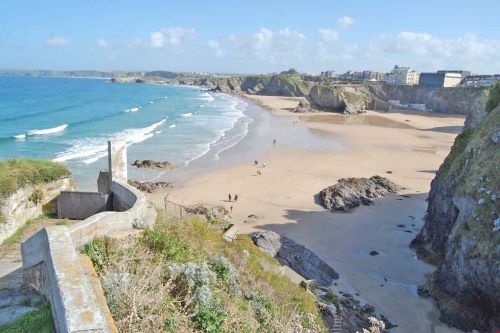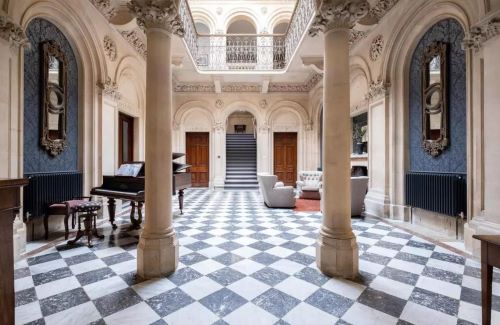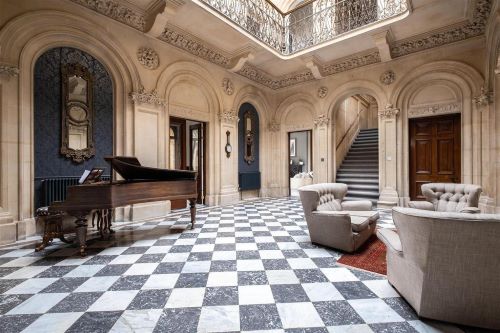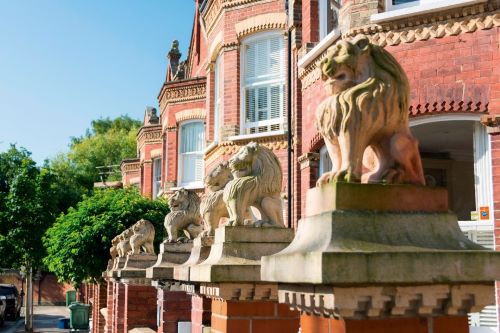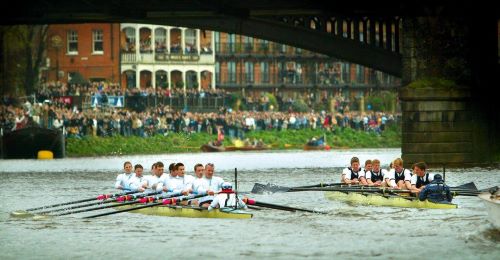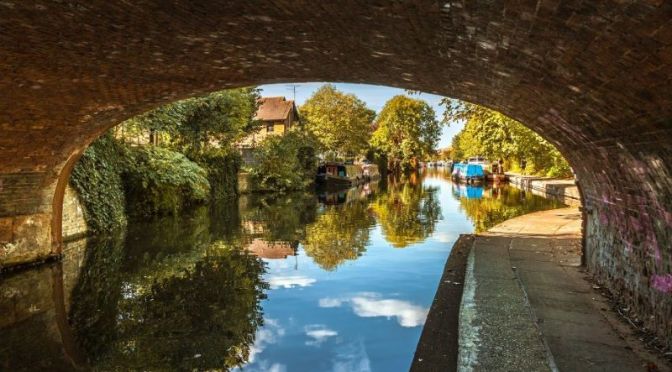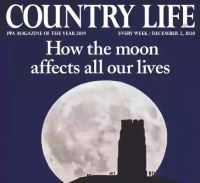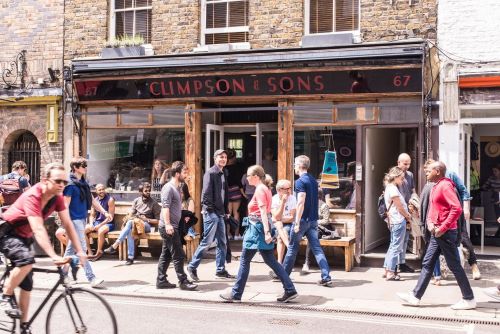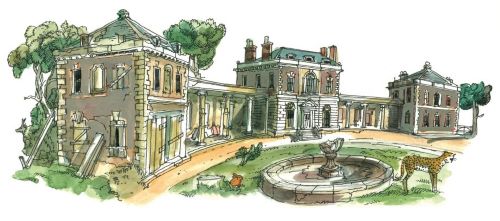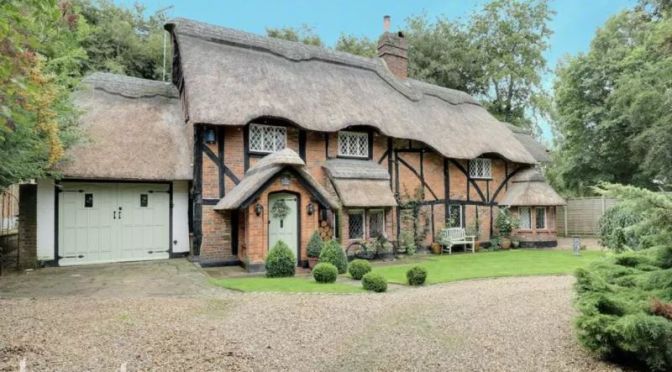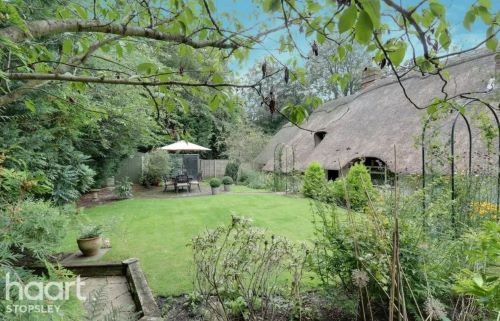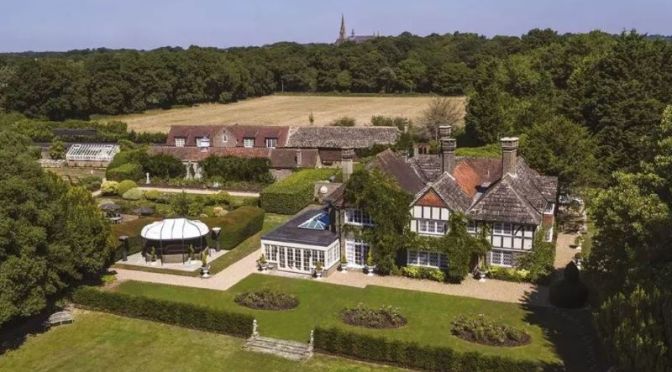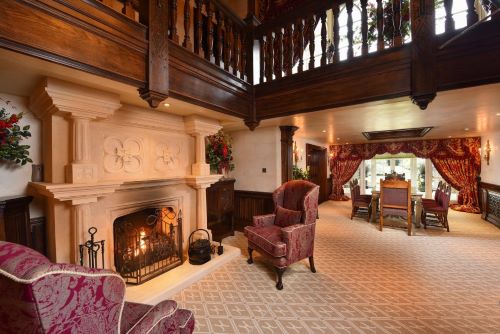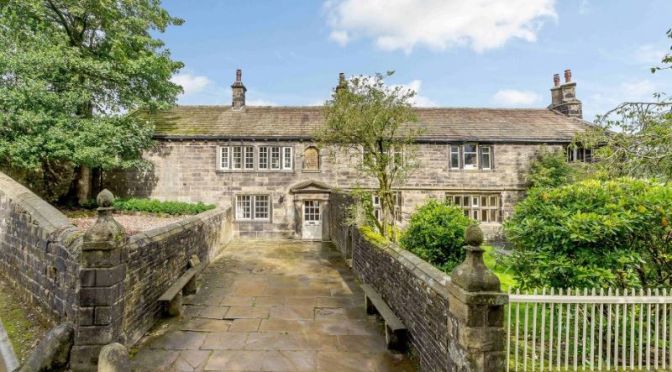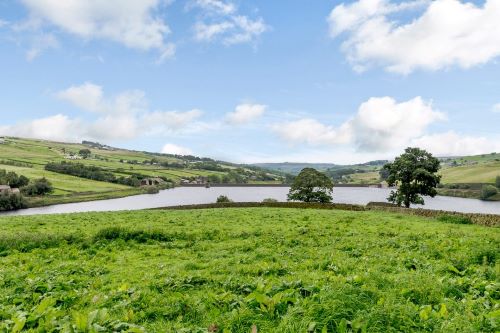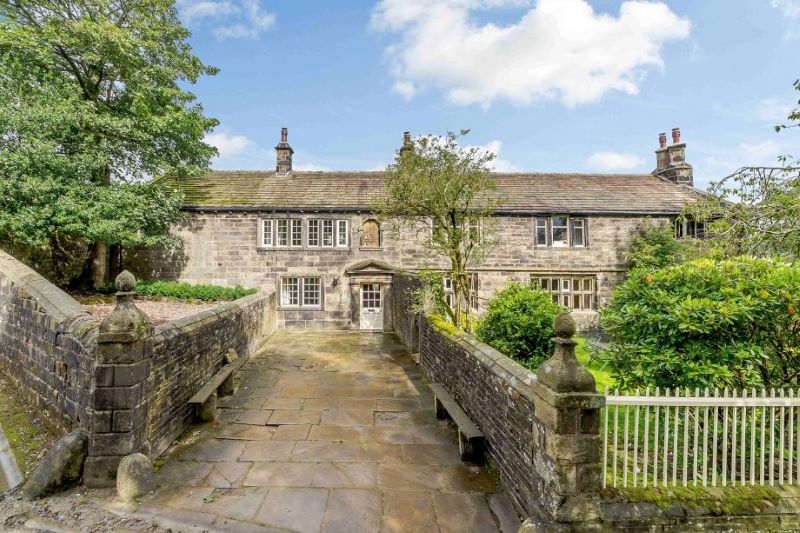Intrigue and romance were synonymous with Mayfair long before Bridgerton appeared on our screens, discovers Carla Passino.

If a part of London were ever to be crowned Queen of Romance, Mayfair would be it. The former home of Dame Barbara Cartland and the literary backdrop to Julia Quinn’s Bridgerton (although the Netflix series was mostly filmed in Bath for Regency authenticity), it has witnessed love affairs, romps and liaisons as entrancing as any penned by either author.
Its very foundation rests on a wedding: the one between heiress Mary Davies and Sir Thomas Grosvenor, whose descendants would become the Dukes of Westminster. Their eldest son, Sir Richard, was the first to embark on a building programme that would turn an unremarkable estate into one London’s most fashionable addresses.
By the 1790s, multiple dukes lived in the area, including a royal one, the Duke of Gloucester, and his daughter, Princess Sophia Matilda, who was born in Mayfair — as was, much later, The Queen (at her grandfather’s house, 17, Bruton Street, now demolished).















